NIH Develops Down Syndrome Research Plan
The National Institutes of Health has developed a research plan to advance understanding of Down syndrome and speed development of new treatments for the condition, the most frequent genetic cause of mild to moderate intellectual disability and associated medical problems. The plan sets research goals for the next 10 years that build upon earlier research advances fostered by the NIH.
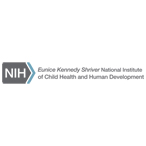
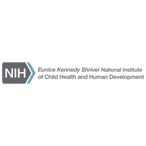


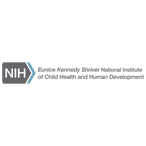

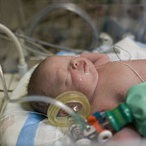

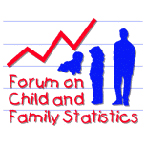

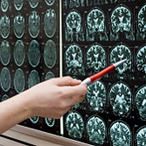
 BACK TO TOP
BACK TO TOP